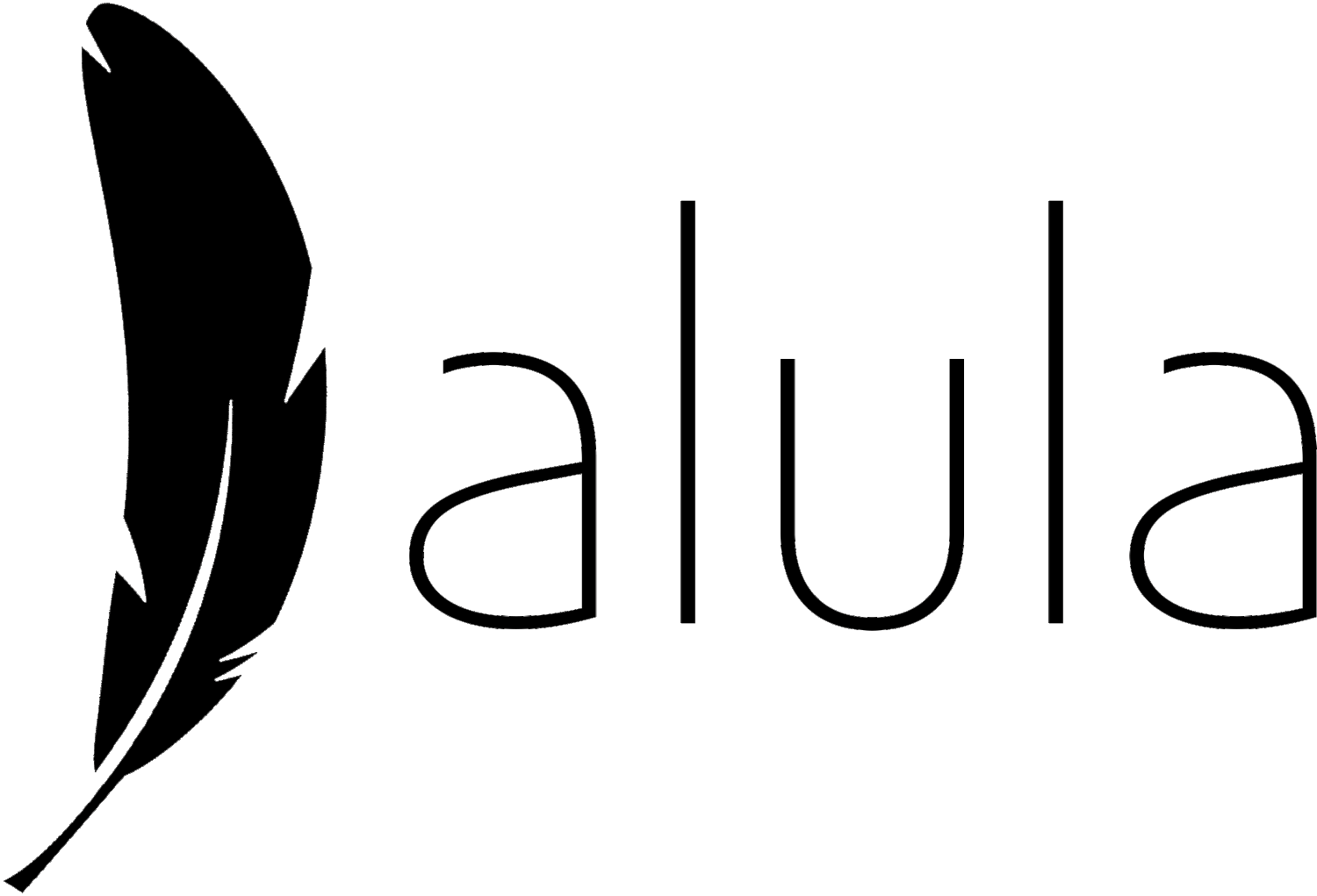More Than Words: Creating Communication-Friendly Support Environments
Everyone communicates — not everyone uses words.
In the world of disability support, it’s easy to overlook how many barriers still exist when it comes to inclusive communication. From rushed conversations and jargon-filled paperwork to the unconscious preference for spoken English, these barriers can leave participants feeling confused, disempowered, or left out of their own care.
At Alula, we believe communication is more than a skill — it’s a right. And when we commit to understanding someone’s unique communication style, we build a bridge to trust, autonomy, and deeper connection.
This blog explores what inclusive communication means in practice, and how support workers, families, and communities can improve the way we connect.
🧠 What Is Inclusive Communication?
Inclusive communication refers to any method of interacting that ensures everyone — regardless of ability — can receive, understand, and respond to information in a way that works for them.
This may include:
Spoken language (with plain English)
Key Word Sign or Auslan
Text or written prompts
Visual aids or picture schedules
Gestures, body language, or facial expressions
AAC devices or apps (Alternative and Augmentative Communication)
It’s not about simplifying — it’s about making things accessible.
💬 Why It Matters
Communication is central to:
Building relationships
Making choices and giving consent
Expressing needs, ideas, and preferences
Navigating routines, community, and challenges
When communication barriers exist, participants may:
Withdraw from conversation or activities
Rely on others to speak for them
Experience frustration, anxiety, or behavioural distress
Miss out on co-designing their own support
But when communication is inclusive:
Participants are more confident and engaged
They have greater control over their day-to-day life
Trust and collaboration grow between everyone involved
🔎 Common Communication Barriers
Even well-meaning support environments can exclude participants unintentionally. Some examples:
Talking too fast or using complex language
Speaking about someone instead of to them
Only using spoken instructions
Ignoring communication attempts that aren’t verbal
Dismissing or rushing responses
The result? Participants feel unsupported, unseen, or silenced.
🛠️ How to Create a Communication-Friendly Environment
Here are six ways to make your support setting more inclusive — whether you’re working one-on-one or in a group setting.
1. Ask About Preferred Communication Style
Every person communicates differently. One of the best things you can do is ask:
“How do you prefer to communicate?”
“Is there anything that helps you understand things more clearly?”
“Do you want help expressing something, or space to do it your way?”
This creates choice, not pressure.
2. Use Visual Supports
Many participants — especially those who are autistic, non-speaking, or living with an intellectual disability — benefit from visual communication tools.
Examples:
Picture cards or choice boards
Visual schedules (with icons or drawings)
Written or typed versions of spoken instructions
Timers or sequence strips (first/then)
🟡 Visual supports reduce anxiety and help with memory, structure, and choice-making.
3. Slow Down and Give Processing Time
People may need longer to interpret a question, plan a response, or feel safe replying. Silence isn’t always uncertainty — it’s often processing.
Tips:
Speak in short, clear sentences
Ask one question at a time
Count to ten (in your head) before rephrasing
Avoid jumping in too quickly with prompts or corrections
Instead of:
“Do you want to do this or that?”
Try:
“Do you want to do this?” (pause)
“Or this?” (pause)
4. Respect AAC and Non-Speaking Communication
AAC (Alternative and Augmentative Communication) can include:
Communication apps (like Proloquo2Go or TouchChat)
Eye-gaze boards
Switches and gestures
Typing or texting
Paper-based symbol systems
These are valid, powerful tools. Give them time, space, and attention — and never speak over them.
✅ Wait for responses
✅ Let the person lead
✅ Learn how to use the tools together
5. Speak to the Person, Not Around Them
Even when someone is non-verbal or uses a communication device, speak directly to them — not just to their carer or support worker.
For example:
❌ “Does she want to go now?”
✅ “Hi, do you feel ready to go now?”
And if you're unsure whether someone understands, ask respectfully — never assume inability based on communication style.
6. Use Strengths-Based Language
Your tone and word choices shape how participants feel about themselves.
❌ “He doesn’t talk properly.”
✅ “He uses AAC to communicate.”
❌ “She’s low functioning.”
✅ “She communicates in her own way and thrives in structured environments.”
Words matter — so choose ones that reflect dignity, autonomy, and capability.
🗣️ Real Moments from Inclusive Communication
“He doesn’t use words, but he always taps his leg twice when he wants a break. We started using that as a visual signal in our group — now everyone gets it.”
— Support worker, community program
“My daughter started using a voice app in her early 30s. Once we gave her the time to respond, she told us more about herself than we’d heard in years.”
— Parent of participant
“They gave me a whiteboard when my anxiety got bad and let me write instead of talk. That changed everything.”
— Zac, 24, autistic participant
✅ Quick Wins for Inclusive Communication
Replace “Do you understand?” with “Should I explain that a different way?”
Use visuals alongside all verbal explanations
Give silent space after questions
Learn a few basic Key Word Signs
Ask what makes someone feel understood — and listen
Final Thoughts
Communication is at the heart of support — and it’s never one-size-fits-all.
Inclusive communication takes time, patience, and creativity. But it also opens doors to better care, deeper trust, and a stronger sense of identity for every participant.
At Alula, we build communication into everything we do — not just through our words, but through the way we listen.
